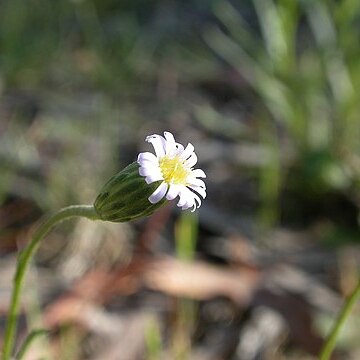Capitula small, solitary to corymbose; receptacle alveolate; phyll. imbricate, in few series, margins scarious. Ray-florets ligulate, pistillate, ∞; disk-florets tubular, perfect. Anther-cells obtuse at base; style-arms flattened, with subulate tips. Achenes ± compressed. Pappus cop., of unequal slender hairs. Branching perennial herbs woody at base, or subshrubs. About 15 spp. of New Guinea, New Caledonia, Australia, Tasmania, N.Z. and southern South America.

